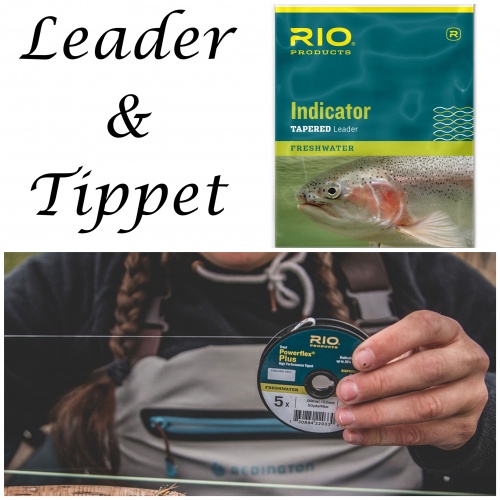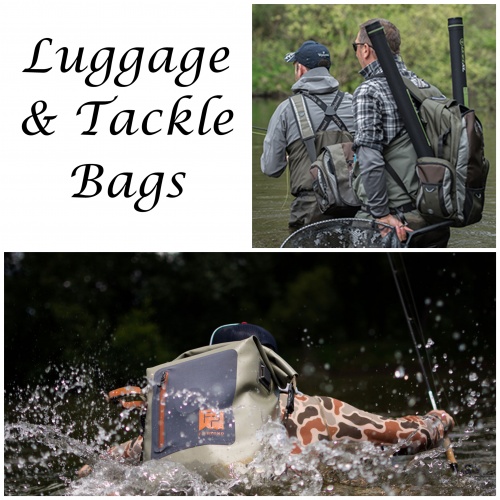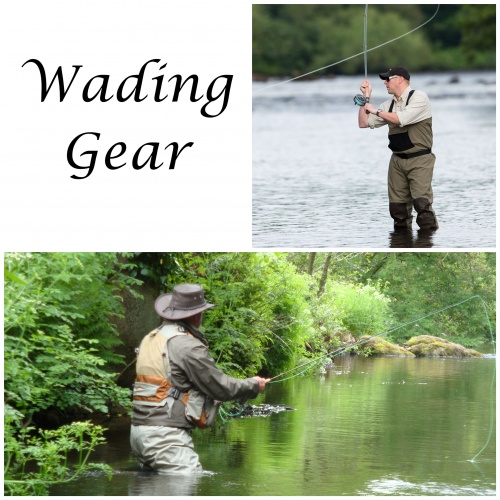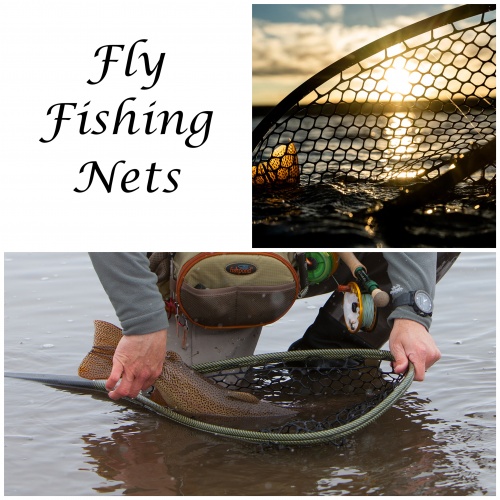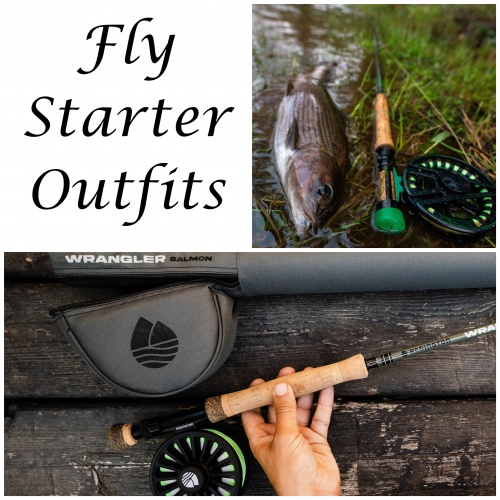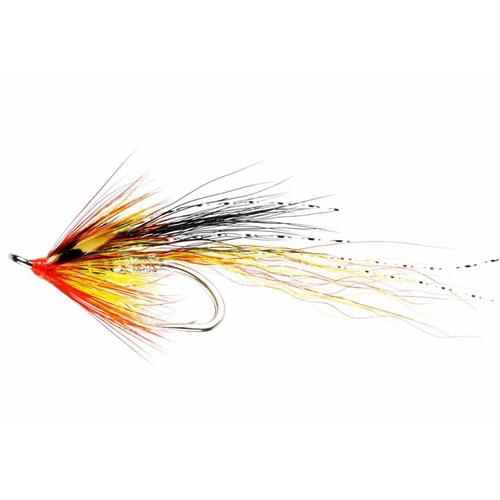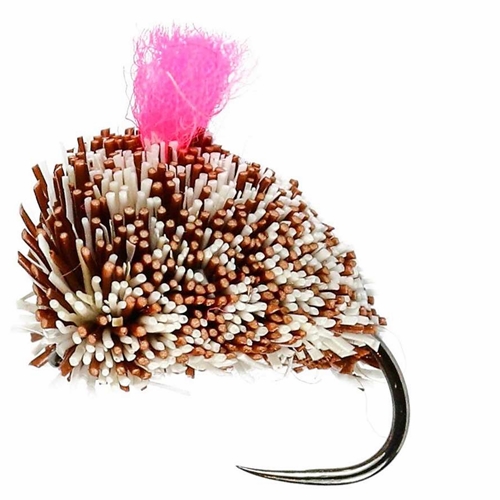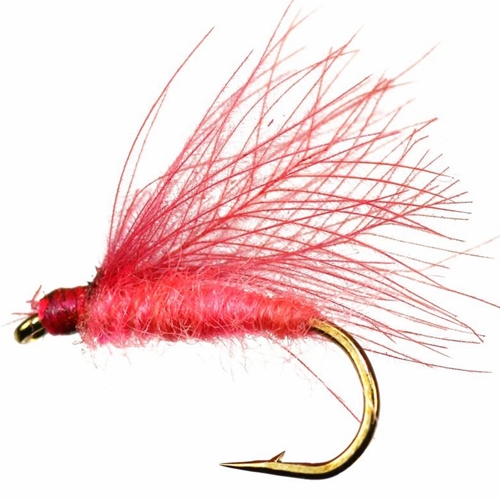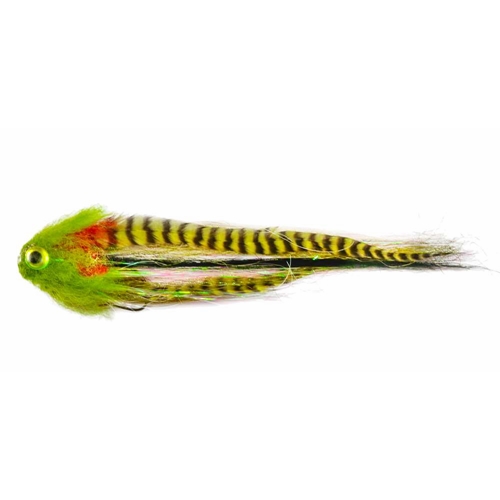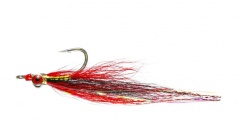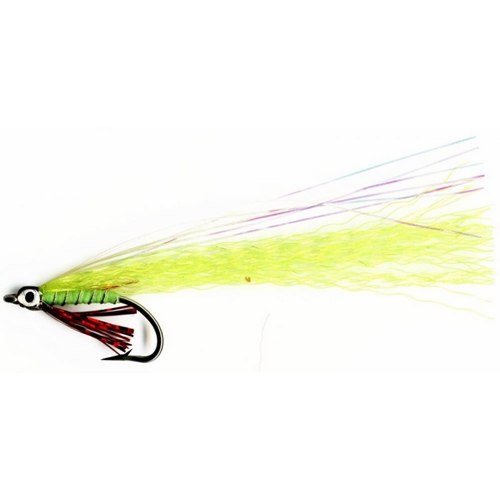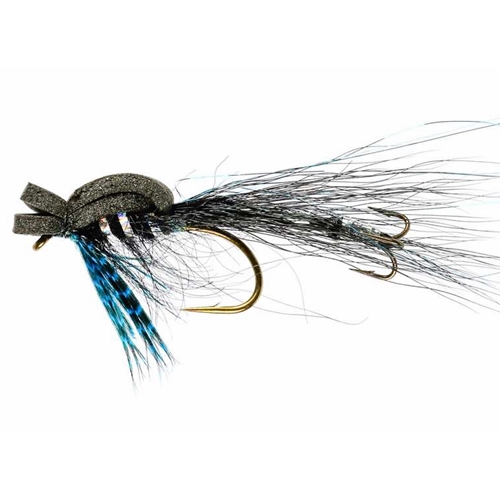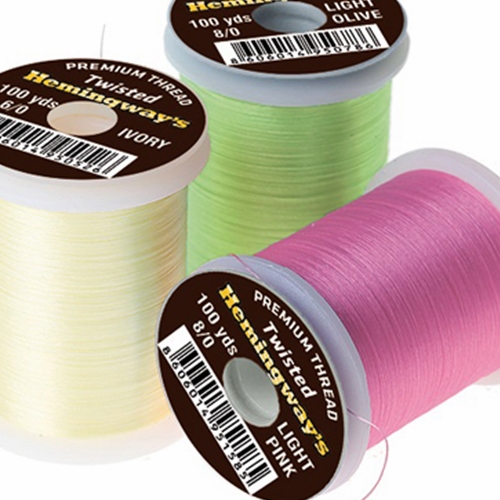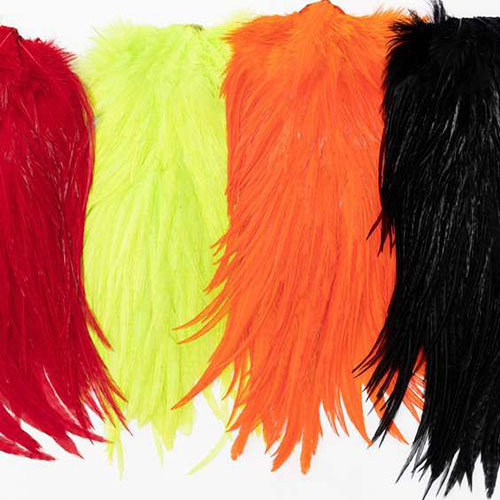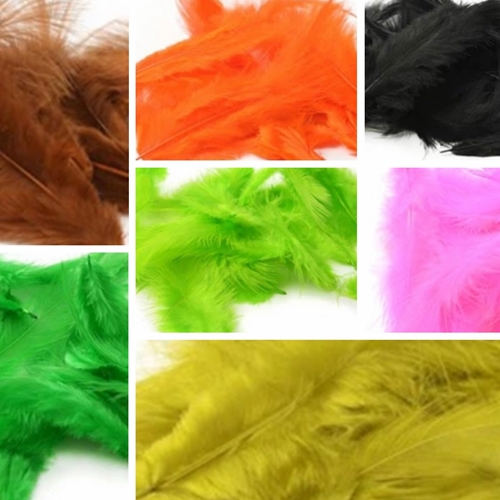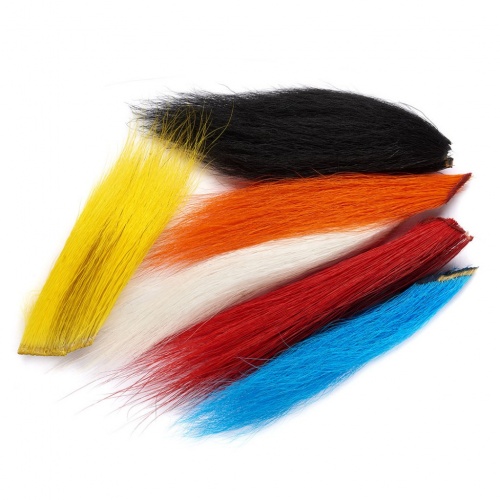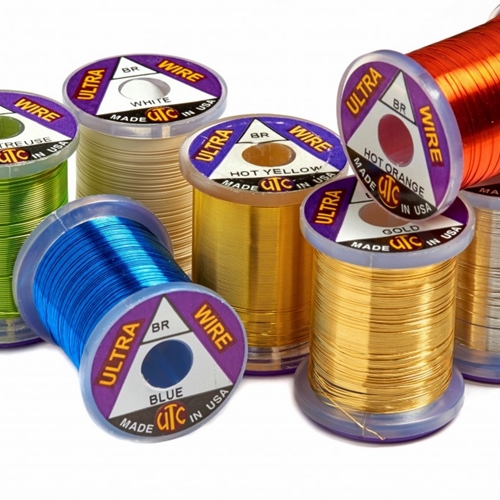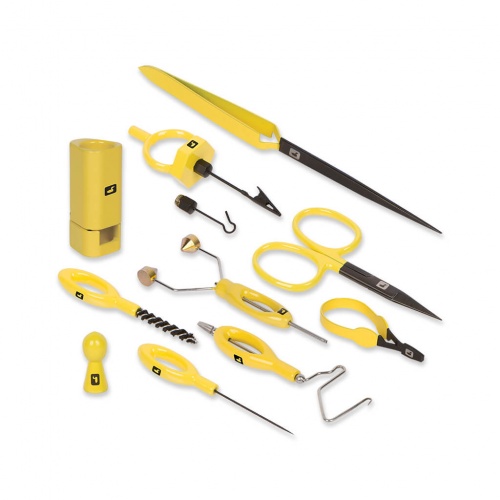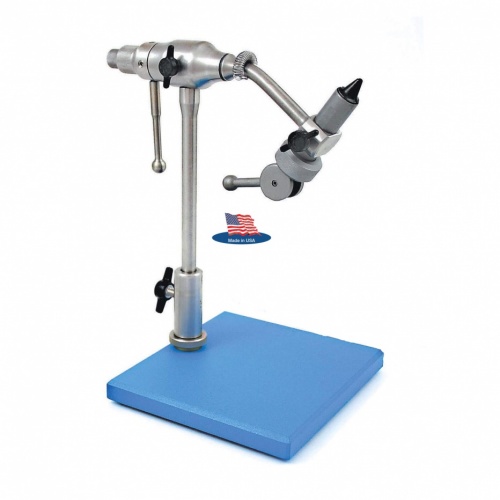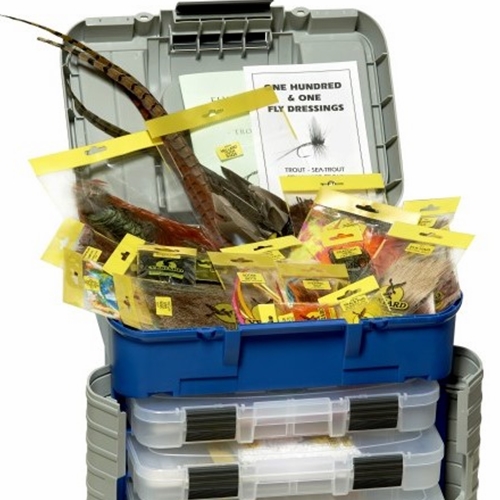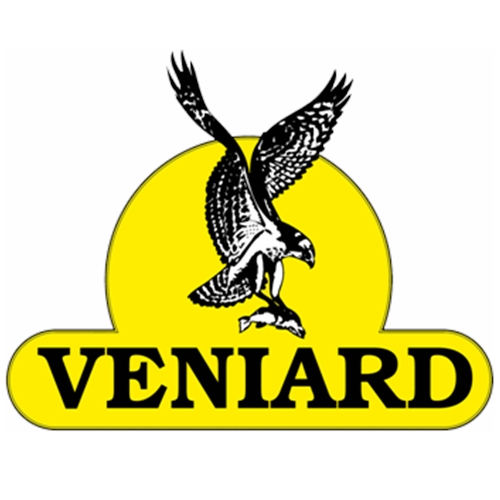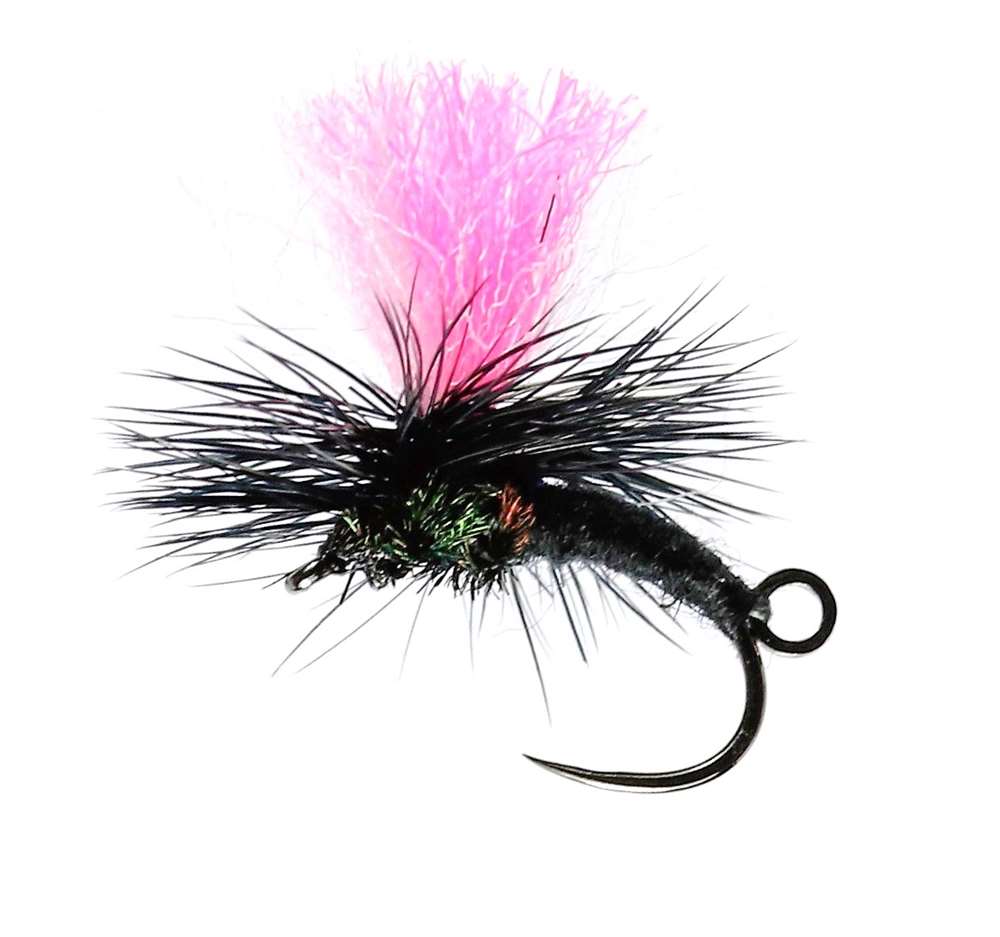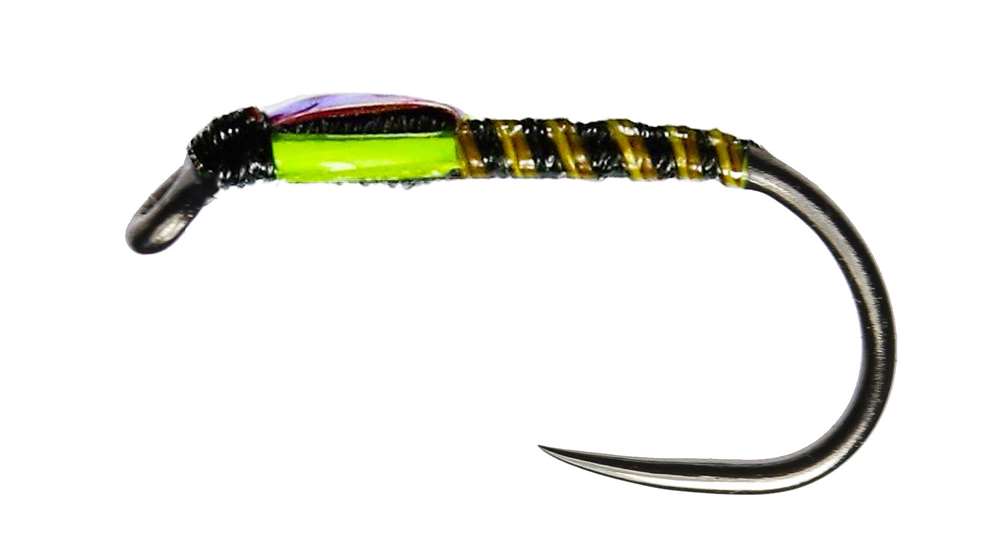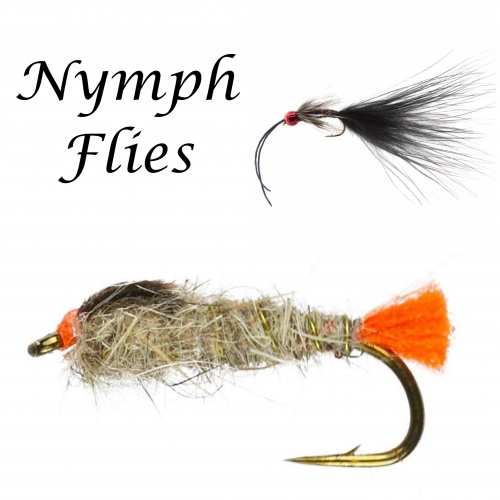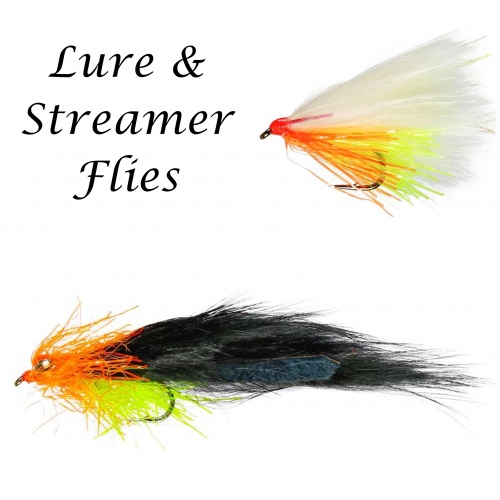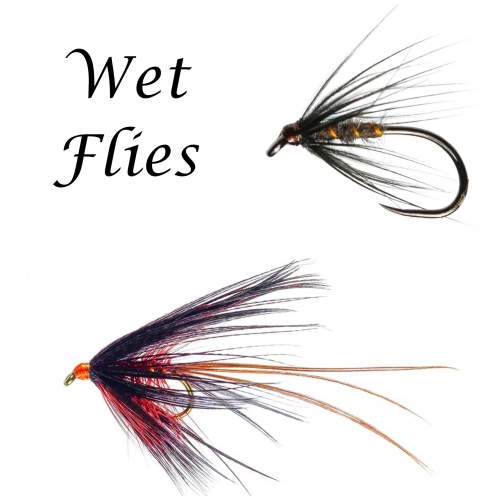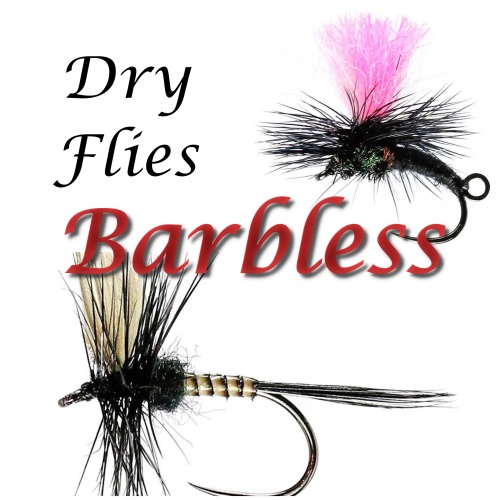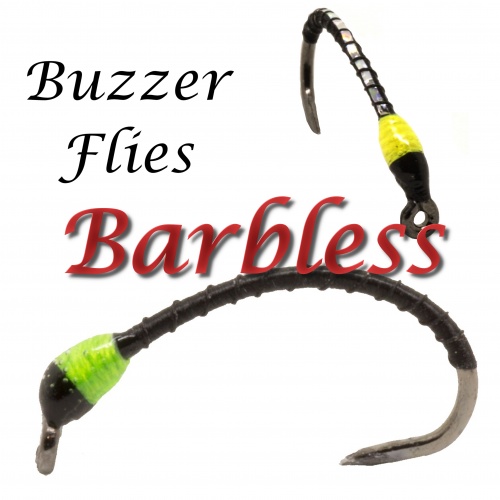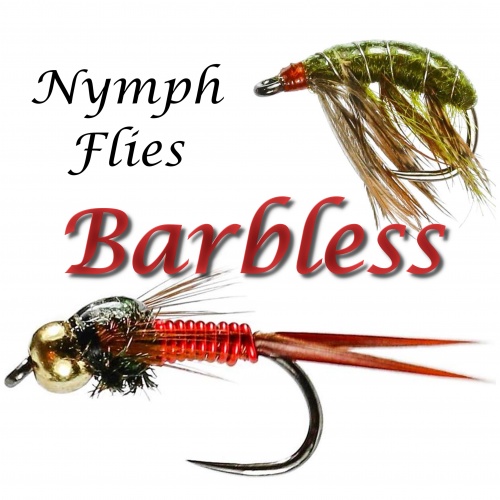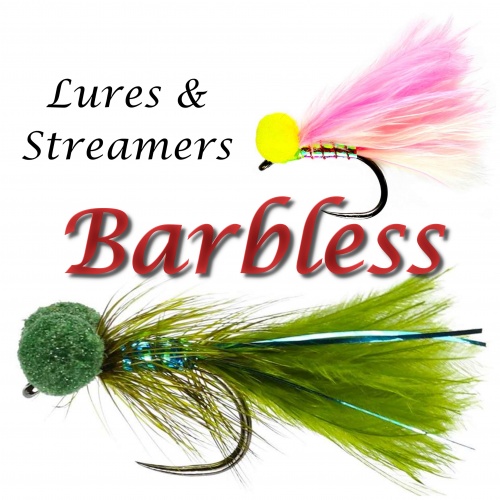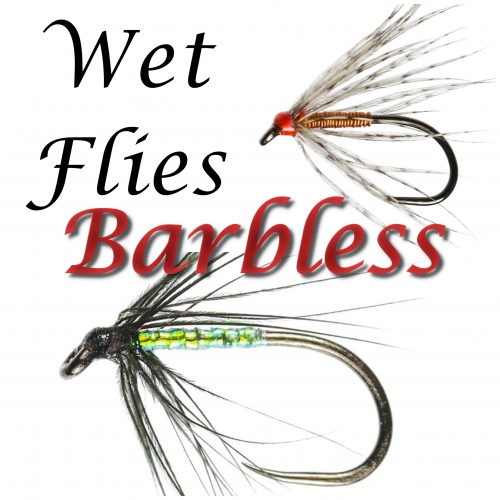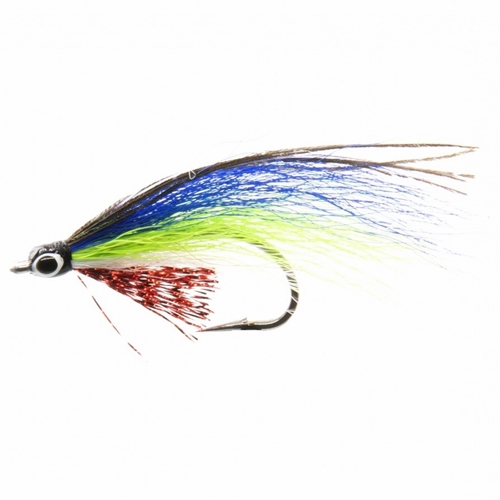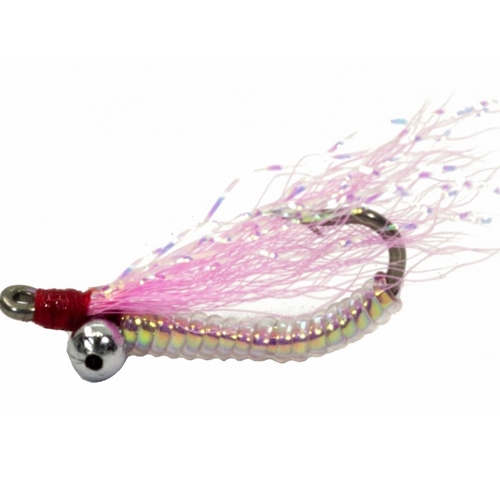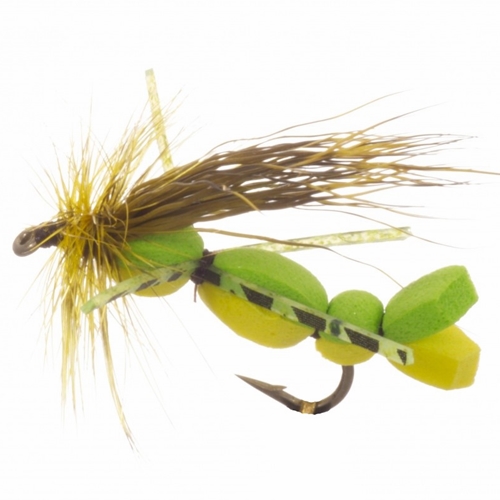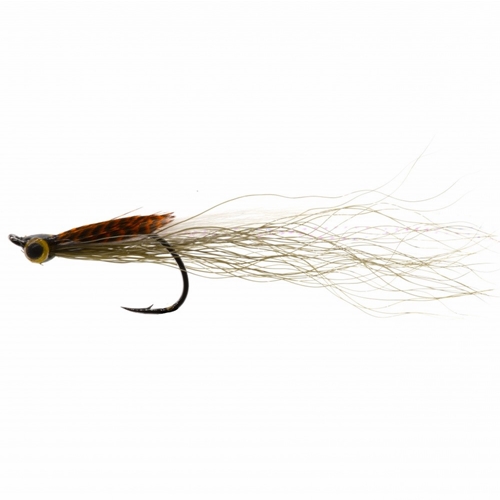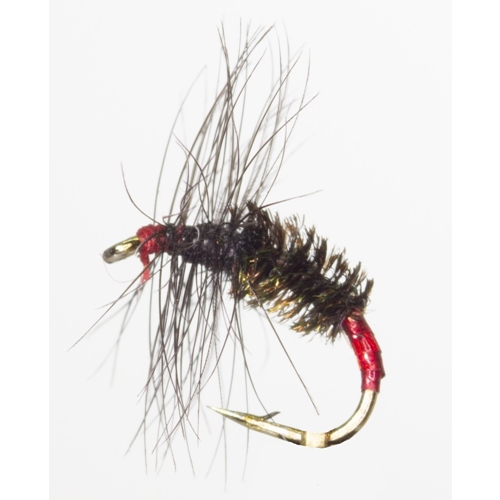Fly Fishing Glossary W's
Fly-Fishing can often be confusing to beginners to the sport because fly-fishermen talk and write in a strange language using words not always in standard use. To help take some of the confusion out of the terms bandied about by fly fishermen we have compiled this glossary.
[ A ] [ B ] [ C ] [ D ] [ E ] [ F ] [ G ] [ H ] [ I ] [ J ] [ K ] [ L ] [ M ] [ N ] [ O ] [ P ] [ Q ] [ R ] [ S ] [ T ] [ U ] [ V ] [ W ] [ X ] [ Y ] [ Z ]
WWader belt: An adjustable belt cinched near the top of chest waders to keep out water, particularly recommended as a precaution to the waders filling up with water in the event of a fall.
Waders: Footed trousers that are constructed of latex, neoprene, Gortex or other waterproof material so as to keep anglers dry. Waders come in stocking foot or booted form and can be found in three lengths: hip waders, waist-high waders and chest waders.
Wading shoes or boots: Wading shoes or wading boots are hiking-like boots worn with stocking foot waders, generally having felt soles and a more comfortable fit than the boot portions of boot foot waders.
Wading staff: A walking stick especially adapted to provide stability to a wading fly angler when moving through fast or deep water. Some wading staffs are foldable and can be kept in a fishing vest pocket until needed.
Weedguard: A piece of stiff monofilament or light wire attached from the top of the hook and extending in front of the hook point and bend to the hook eye. If properly attached, a weedguard reduces the likelihood of a fly picking up weeds, yet it does not deter the hooking of a fish.
Weight forward: A type of fly line with most of its weight in the first thirty feet of line is described as weight forward fly line, these are often annotated as WF7 meaning weight forward 7 weight. The large section of this type of line is called the line belly, with a long tapering of the line toward the front and a short tapering of it back to a thinner running line.
Wet fly: A traditional type of fishing fly that is presented to the fish below the surface of the water, usually with insect-like wings sloped backward. Wet flies are not as popular as they once were and have been largely superceded by nymphs.
Wet Fly Swing: typical presentation method for fishing a wet fly. Cast the wet fly downstream and across, and then swim it across the current.
Whip finisher: A tool used in tying flies that helps the fly tier lay down a smooth and compact head of the fly is called a whip finishing tool.
Winding: Wraps of thread that are used to attach the stripping guides and snake guides on the fly rod blank.
Wind knots: In the process of casting, especially for beginners, loops form particularly in the leader and tippet. The formation of such loops is made worse by casting in the wind and hence when they become knots in the leader or tippet they are called wind knots.







